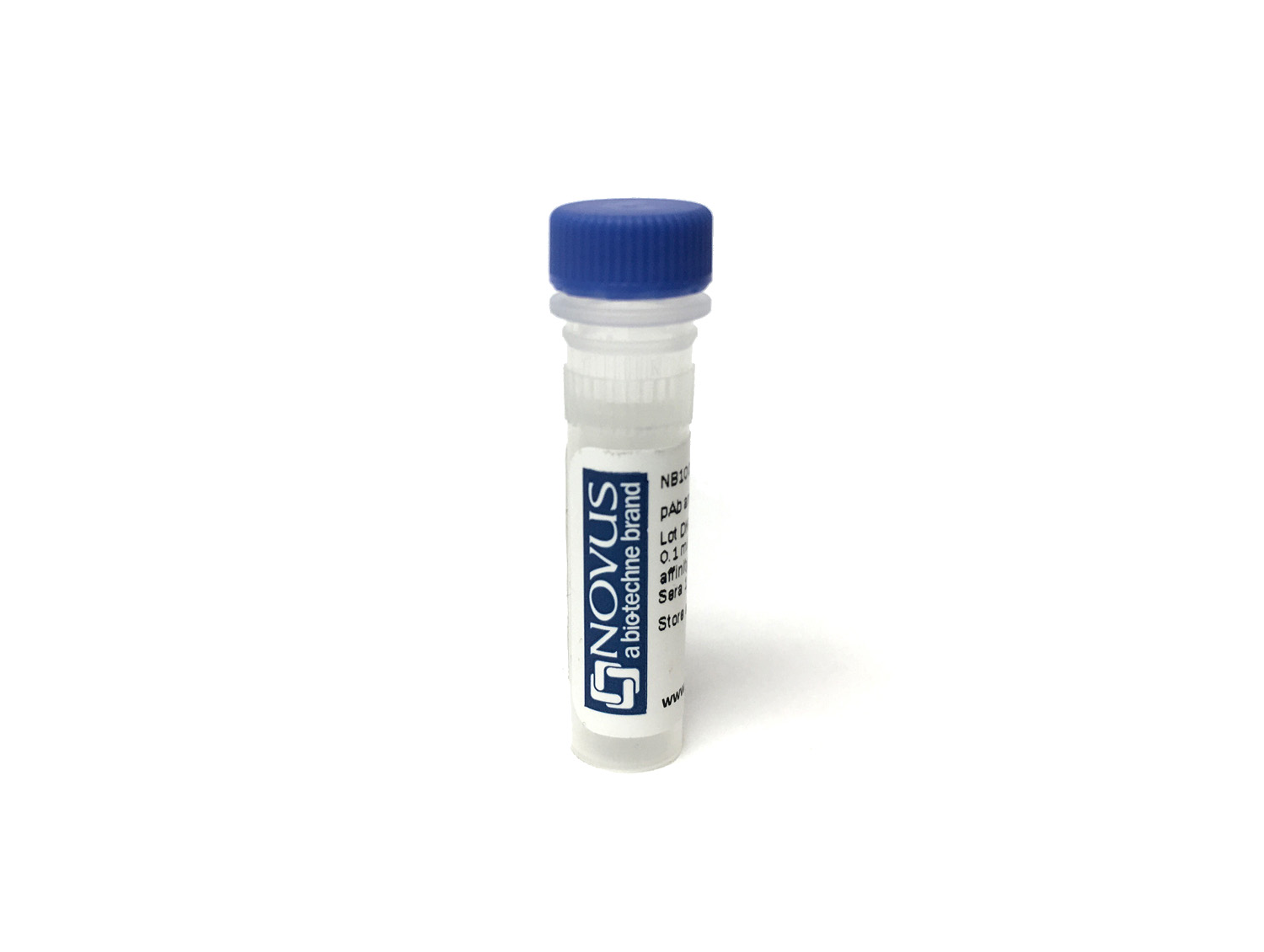DC-SIGN/CD209 Antibody (INSERM patent anti-DC-SIGN) - Humanized - Low Endotoxin, Azide and BSA Free
Novus Biologicals, part of Bio-Techne | Catalog # NBP3-28415
Recombinant Monoclonal Antibody


Conjugate
Catalog #
Key Product Details
Species Reactivity
Human
Applications
ELISA, Flow Cytometry, Functional
Label
Unconjugated
Antibody Source
Recombinant Monoclonal Human IgG1 Clone # INSERM patent anti-DC-SIGN
Format
Low Endotoxin, Azide and BSA Free
Concentration
LYOPH mg/ml
Product Specifications
Immunogen
DC-SIGN / CD209
Clonality
Monoclonal
Host
Human
Isotype
IgG1
Endotoxin Level
< 0.001EU/ug,determined by LAL method.
Description
Expressed from CHO. The heavy chain type is huIgG1, and the light chain type is hukappa. It has a predicted MW of 145.5 kDa.
Upon receipt, store immediately at -20C or lower for 24 months in a lyophilized state. - 80C for 3 months after reconstitution. Avoid repeated freeze-thaw cycles.
Upon receipt, store immediately at -20C or lower for 24 months in a lyophilized state. - 80C for 3 months after reconstitution. Avoid repeated freeze-thaw cycles.
Applications
Application
Recommended Usage
ELISA
Optimal dilutions of this antibody should be experimentally determined.
Flow Cytometry
Optimal dilutions of this antibody should be experimentally determined.
Functional
Optimal dilutions of this antibody should be experimentally determined.
Formulation, Preparation, and Storage
Purification
Protein A purified
Reconstitution
Reconstitute with sterile, distilled water to a final concentration of 1 mg/ml. Gently shake to solubilize completely. Do not vortex.
Formulation
Lyophilized from 25mM histidine, 8% sucrose, 0.01% Tween80 (pH6.2)
Format
Low Endotoxin, Azide and BSA Free
Preservative
No Preservative
Concentration
LYOPH mg/ml
Shipping
The product is shipped at ambient temperature. Upon receipt, store it immediately at the temperature recommended below.
Stability & Storage
Store at 4C.
Background: DC-SIGN/CD209
Long Name
Dendritic Cell-specific ICAM-3-grabbing Non-integrin 1
Alternate Names
CD209, CLEC4L, DC-SIGN1, DCSIGN
Gene Symbol
CD209
UniProt
Additional DC-SIGN/CD209 Products
Product Specific Notices
This product is for research use only and is not approved for use in humans or in clinical diagnosis. Primary Antibodies are guaranteed for 1 year from date of receipt.
